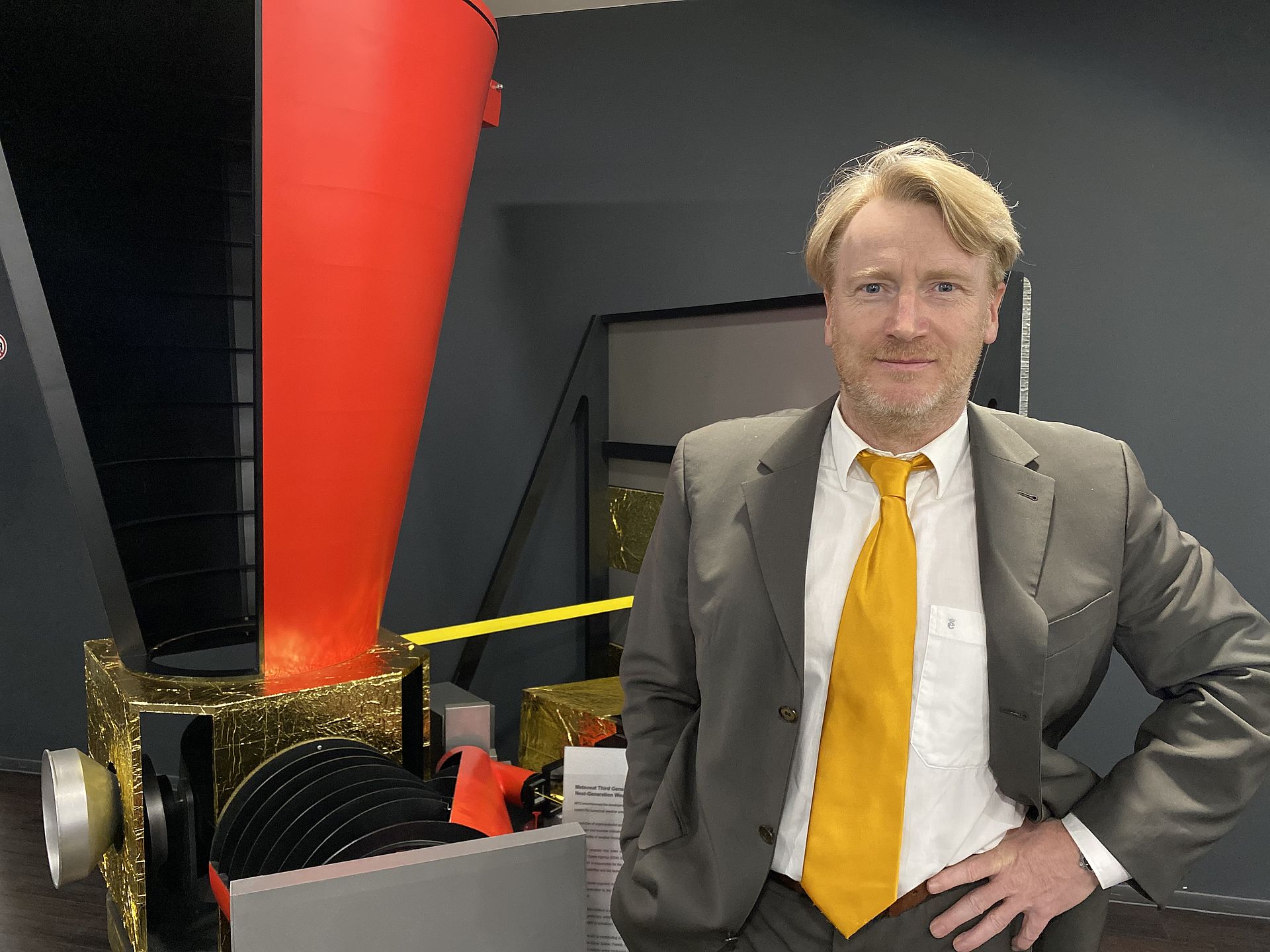If extreme weather events are not identified early enough, there is the potential for populations to be exposed to huge natural phenomena with very little warning. More precise weather forecasts are also a basic requirement for agriculture and air traffic. The MTG (Meteosat Third Generation) weather satellite program holds out the prospect of improving forecasting ability. From the end of 2022 onwards, the first MTG satellites will gradually launch into space where, in a geostationary orbit, they will supply more precise weather forecasts for Europe - with a major contribution from OHB technology. Rupert Feckl, project manager for MTG instruments at OHB, talks about the technology in this interview.
What is MTG and how is OHB involved?
MTG, among the most complex development programs of satellites in Europe, is the third generation of European weather satellites developed and realized for EUMETSAT (Exploitation of Meteorological Satellites). OHB’s involvement covers responsibility for all six satellite platforms, two IRS (infrared sounding) instruments for both sounder satellites and the four telescope assembly units for the Flexible Combined Imager of the imager satellites. In addition, OHB is also the prime contractor for the MTG-S Mission.
What specific technological challenges did the development of the IRS instrument present?
The challenges from a technological aspect were many. They involved, for example, designing a new generation of infrared detectors with previously unseen sensitivity. Especially low-interference, active coolers were built in order to achieve an operating temperature of around 52 Kelvin, about minus 220°C, on the retina of the detectors. In orbit, the satellite is directly exposed to the sun for most of the time. It is quite a design challenge to ensure that the sun does not shine directly into the instrument. On the other hand, it is extremely cold on the side facing away from the sun. The two effects result in very changeable thermal strain. Materials expand and then contract, which would be deadly for finely adjusted optical devices. And so the satellite’s thermal budget needs to ensure that temperatures are absolutely constant all the time. This requires a number of design measures so that the optical instrument can consistently supply a constant data quality.
Will OHB go into series production with the IRS instrument going forward?
We really hope so. This is something we are currently pursuing with determination. For many decades, meteorologists the world over have wished they had access to so-called infrared interferograms, which allow the distribution of temperatures and the movement of gases in the atmosphere to be measured. The data calculated help to predict extreme weather events with much greater precision. Our IRS instrument makes this possible.
How does OHB contribute to the Flexible Combined Imager tool?
Imager technology delivers pictures in the visible light spectrum. These data have been actively used by weather agencies for decades. Over the years the technology used in imager instruments has developed considerably. We were able to improve the number of spectral channels, that is, the color of images, the precision of resolution and the coverage and repeatability of image data. In addition, the IRS supplies further data in the infrared light spectrum, including information on the composition of the atmosphere and the movement of air layers in relation to each other.


